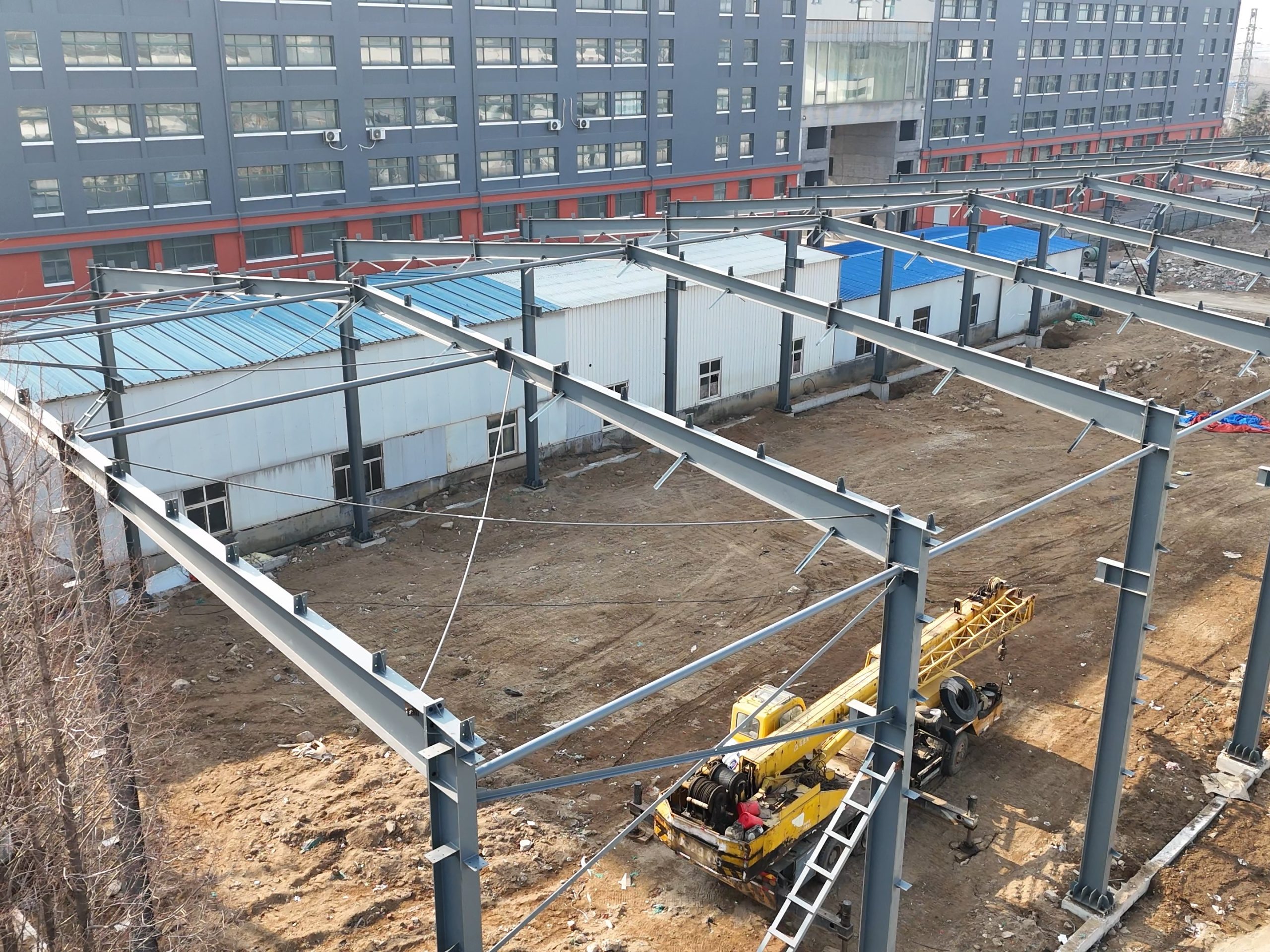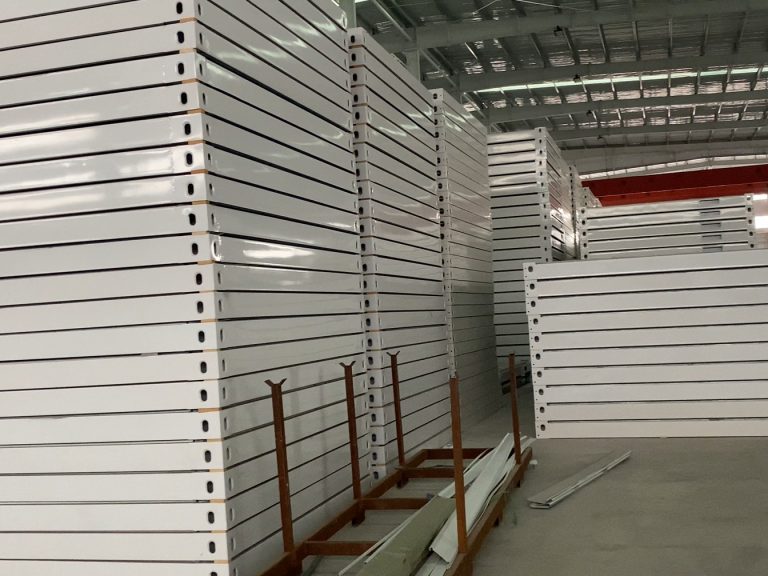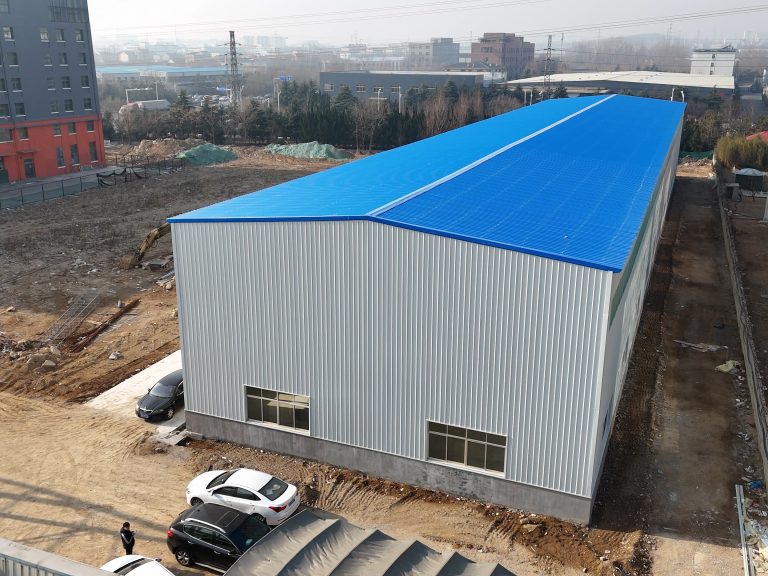Table of Contents
The Impact of Steel on Industrial Revolution
Steel is a material that has played a crucial role in shaping human history and civilization. Its impact on the Industrial Revolution cannot be overstated, as it revolutionized the way we build, transport, and manufacture goods. The development of steelmaking processes allowed for the mass production of steel, which in turn fueled the rapid growth of industries around the world.
One of the key advantages of steel is its strength and durability. Unlike other materials such as iron or wood, steel is incredibly strong and resistant to corrosion, making it ideal for a wide range of applications. This strength allowed for the construction of taller buildings, longer bridges, and more efficient machinery, all of which helped to drive the Industrial Revolution forward.
The Bessemer process, developed in the 19th century, was a major breakthrough in steelmaking technology. This process involved blowing air through molten iron to remove impurities and create a purer form of steel. The Bessemer process made steel production faster and more cost-effective, leading to a dramatic increase in the availability of steel for use in various industries.
The availability of cheap and abundant steel had a profound impact on the way goods were manufactured. Steel allowed for the mass production of machinery, tools, and other goods, which in turn fueled the growth of industries such as manufacturing, transportation, and construction. The development of steel-framed buildings, for example, allowed for the construction of taller and more stable structures, while steel rails revolutionized the way goods were transported across long distances.
The impact of steel on transportation cannot be overstated. The development of steel rails and steam engines revolutionized the way people and goods were transported, making it faster, cheaper, and more efficient. The construction of railroads allowed for the rapid expansion of trade and commerce, connecting distant regions and opening up new markets for goods and services.
Steel also played a crucial role in the development of the modern military. The strength and durability of steel made it ideal for use in weapons, armor, and vehicles, giving armies a significant advantage on the battlefield. The development of steel warships, for example, allowed for the construction of larger and more powerful naval fleets, while steel cannons and rifles revolutionized the way wars were fought.
In conclusion, steel has had a profound impact on human history and civilization. Its strength, durability, and versatility have made it an essential material for a wide range of applications, from construction to transportation to warfare. The development of steelmaking processes such as the Bessemer process revolutionized the way steel was produced, making it cheaper and more abundant than ever before. The availability of cheap and abundant steel fueled the growth of industries around the world, driving the Industrial Revolution forward and shaping the modern world as we know it.
Steel’s Role in Modern Infrastructure and Architecture
Steel has played a crucial role in shaping human history and civilization. From its discovery thousands of years ago to its widespread use in modern infrastructure and architecture, steel has been a driving force behind the advancement of societies around the world.
One of the earliest known uses of steel dates back to ancient civilizations such as the Egyptians and the Mesopotamians. These early societies discovered that by adding carbon to iron, they could create a stronger and more durable metal that was better suited for tools and weapons. This marked the beginning of the Iron Age, a period in history where steel played a pivotal role in the development of human civilization.
As technology advanced, so did the production of steel. The Industrial Revolution in the 18th and 19th centuries saw the rise of steel as a major industry, with the invention of the Bessemer process revolutionizing the way steel was produced. This new method allowed for the mass production of steel, making it more affordable and accessible to a wider range of industries.

The widespread use of steel in modern infrastructure and architecture can be seen in buildings, bridges, and other structures around the world. The strength and durability of steel make it an ideal material for constructing tall skyscrapers, long-span bridges, and other large-scale projects. Its versatility allows for a wide range of design possibilities, making it a popular choice for architects and engineers.
Steel’s impact on modern infrastructure can be seen in the construction of bridges such as the Golden Gate Bridge in San Francisco and the Sydney Harbour Bridge in Australia. These iconic structures showcase the strength and durability of steel, withstanding the test of time and providing essential transportation links for millions of people.
In addition to its use in infrastructure, steel has also played a significant role in shaping modern architecture. The use of steel in building design allows for open and flexible spaces, with large windows and minimal support columns. This has led to the development of innovative and iconic buildings such as the Empire State Building in New York City and the Burj Khalifa in Dubai.
The use of steel in architecture has also had a profound impact on urban landscapes, with skyscrapers and high-rise buildings becoming a common sight in cities around the world. The strength and durability of steel allow for taller and more complex structures to be built, transforming city skylines and creating new opportunities for growth and development.
In conclusion, steel has played a crucial role in shaping human history and civilization. From its early use in ancient civilizations to its widespread use in modern infrastructure and architecture, steel has been a driving force behind the advancement of societies around the world. Its strength, durability, and versatility make it an essential material for building the structures that define our modern world. As technology continues to advance, steel will continue to play a vital role in shaping the future of human civilization.






